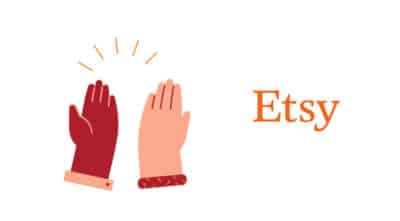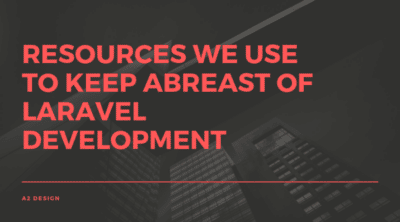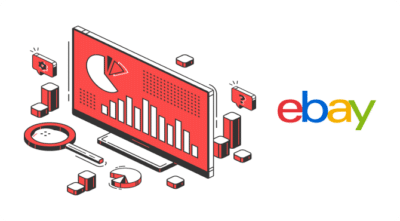How to Build Online Marketplace MVP?

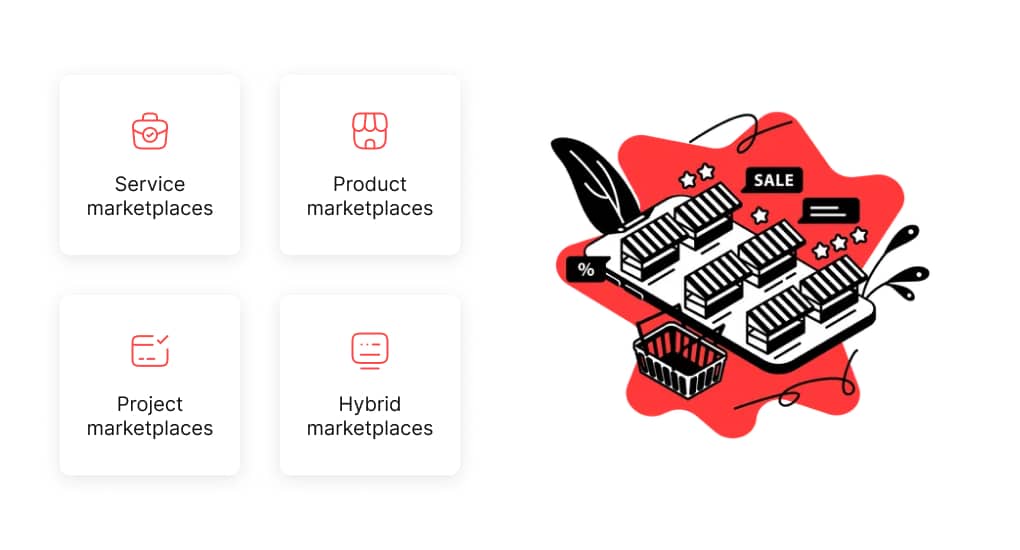
An online marketplace is a digital platform that allows consumers to review, compare, and purchase goods or services from a variety of vendors. These marketplaces serve as intermediaries between buyers and sellers, providing a convenient way for clients to find what they need and for vendors to reach a wider audience and acquire new customers from around the world.
The popularity of online marketplaces is unsurprising. They offer a more convenient and efficient alternative to physical shopping, allowing consumers to browse and purchase products and services from the comfort of their own homes. Additionally, online marketplaces provide vendors with an opportunity to expand their reach and access new customers beyond their local area.
As a result, the idea of creating an online marketplace is often appealing. However, building a successful marketplace requires careful planning and execution. One way to do this is by developing a Minimum Viable Product (MVP) with the core functions necessary to meet the needs of your target audience.
An MVP is a product with the minimum set of features necessary to solve a specific problem or meet a particular need. By creating an MVP, you can test and validate your idea, gather feedback from potential users, and make any necessary adjustments before fully launching your marketplace. This approach can help to minimize development costs and time while still providing value to your customers.
In this article, we will discuss the process of developing a marketplace MVP and explore the costs involved. By understanding the key steps and considerations for creating an MVP, you can set yourself up for success as you build your online marketplace.
Classification of Online Marketplaces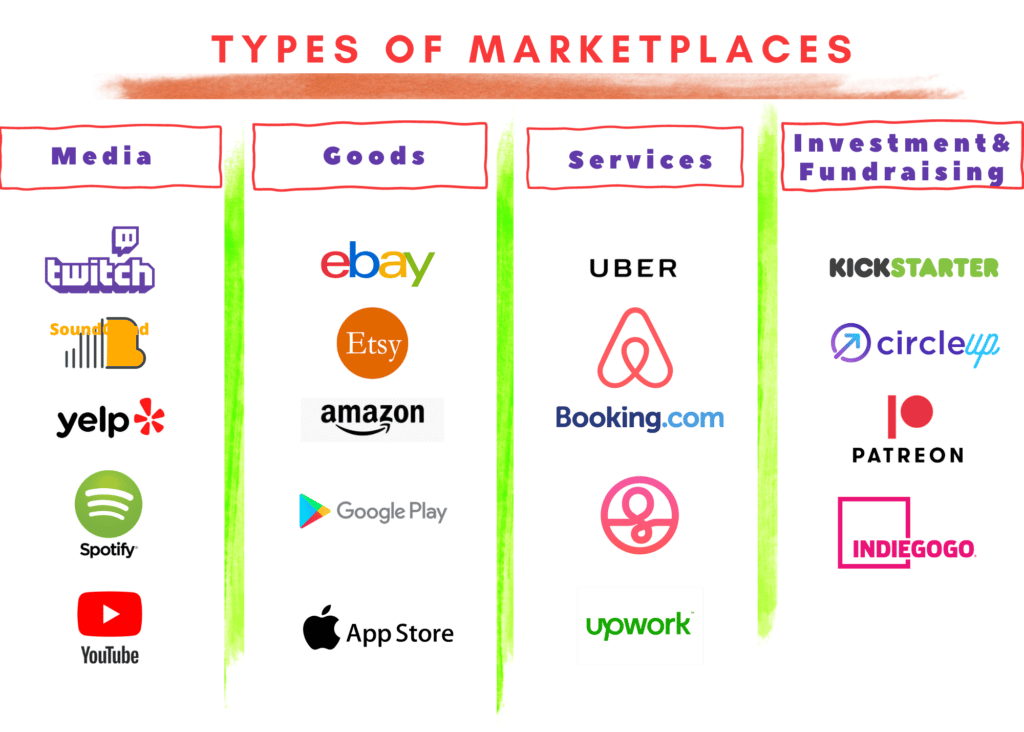
Online marketplaces are digital platforms that facilitate the sale of goods or services by connecting buyers and sellers. These marketplaces serve as intermediaries, making it easier for consumers to find what they need and for vendors to reach a wider audience. As the online marketplace industry has grown, various types of marketplaces have emerged. Here are some of the most common types:
Goods and Products
These marketplaces sell physical goods and products, and are often similar to e-commerce sites. They may charge a fee for each payment transaction.
Examples include eBay, Amazon, Etsy, and AliExpress.
Services
Service marketplaces allow businesses or individuals to provide services to clients. These marketplaces can operate using different monetization models, such as commission, subscription, or advertising.
Examples include Uber, Airbnb, DoorDash, Turo, and Upwork.
Media
Media marketplaces allow participants to buy and sell products of their intellectual work.
Examples include SoundCloud, Twitch, and YouTube.
Investment and Crowdfunding
These marketplaces provide a platform for business-to-business communication, and can be used to find investors, suppliers, or deals worth thousands or even millions of dollars.
Examples include Kickstarter, Indiegogo, and Patreon.
Curious about the cost?What is a Minimum Viable Product (MVP)If you have a service idea that you believe would be valuable to your target audience, it may be time to consider developing a Minimum Viable Product (MVP). An MVP is the first version of your product that includes enough features to attract early adopters and validate your idea, but does not include unnecessary or extra functions.
Creating an MVP can help you to test your product’s viability without investing a significant amount of time and money into its development. This can help you to avoid the risk of launching a fully-featured product that does not meet the needs or interests of your target audience.
Building an MVP can also help you to:
- Determine if your product is interesting to your target audience
- Identify the core functionality that is most important and useful
- Identify the features that are most popular and valuable to users
- Gather feedback from potential customers and identify any problems or issues to be addressed
- Build a base of early adopters and potential clients for your product
- Overall, developing an MVP can be a valuable and cost-effective way to test and refine your product idea before fully launching it.
Is an MVP Significantly Different From a Fully-Featured Product?
Yes, there are several key differences between an MVP and a fully-featured product. An MVP is designed to validate the target audience and gather feedback, whereas a fully-featured product is developed to serve a specific group of users. In addition, creating an MVP for a marketplace is typically less expensive than developing a fully-featured product.
It’s important to note that an MVP should not be viewed as a low-quality or incomplete product. Rather, an effective MVP is a high-quality application that includes only the most essential features necessary to solve the users’ most pressing problems.
Having a successful MVP can help to save time and money when creating a fully-featured product. It allows you to present the product to a validated, loyal audience, reducing the risk of launching a product that does not meet the needs of the intended users.
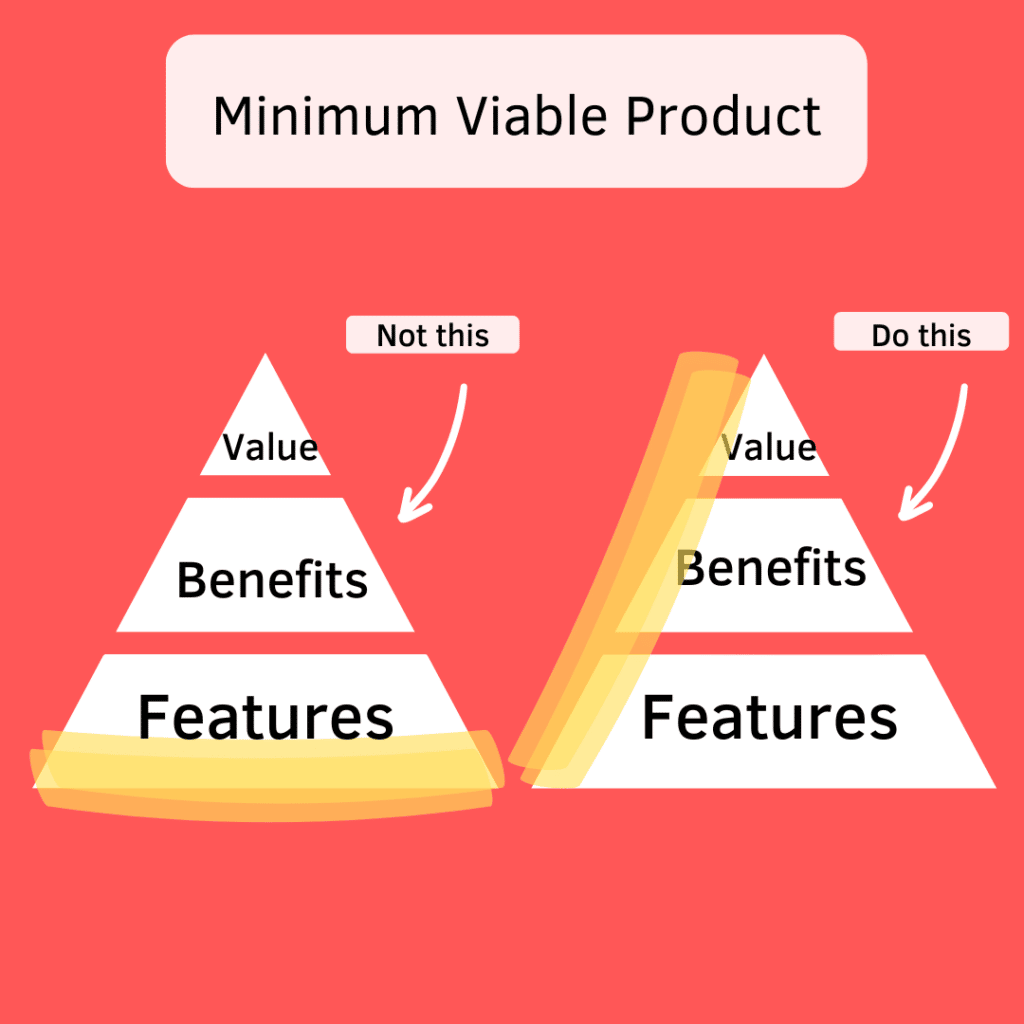
✅ Validating Your Idea
It’s important to verify that your business idea is viable and meets the needs of your target market. This can save you time and money by avoiding investing in a product that may not be successful. By getting early feedback from users, you can also identify any unpopular features and avoid wasting resources on their development. Additionally, if users like your marketplace idea, they may become early adopters and remain loyal even if competitors launch similar products.
There are several benefits to validating your marketplace idea, including:
- Lack of experience: Not every vendor has the knowledge and skills to create a strong and reliable MVP product that fits the market.
- Time: As a startup, it’s important to be efficient with your time. By getting market feedback early on, you can release a full version of your marketplace faster than your competitors.
- Time-to-market reduction: Validating your idea can help you avoid spending a long time developing a fully-featured marketplace that may not be successful. By getting early feedback, you can make sure your product meets the needs of your target market and is ready for launch.
From our experience, developing an MVP typically takes anywhere from a couple of months to six months.
💵 Cost Savings with an MVP
While developing an MVP does have a cost, it is typically less expensive than creating a fully-featured product. It is important to invest in validating your business idea before committing significant resources to the development of a fully-featured project. In the meantime, you can use the budget saved by developing an MVP to promote your product to early adopters.
Ready to Build Your Online Marketplace?
Contact Us🙌 Attracting Early Adopters with an MVP
Early adopters are the first people to interact with your product. They play a crucial role in testing the features of your marketplace and forming your initial pool of loyal users. By developing an MVP, you can attract these early adopters and gather valuable feedback that can help to refine and improve your product.
💰 Funding
Once you’ve launched your MVP and gained some traction, you may want to consider seeking funding from investors. It’s important to have data to support your request for funding.
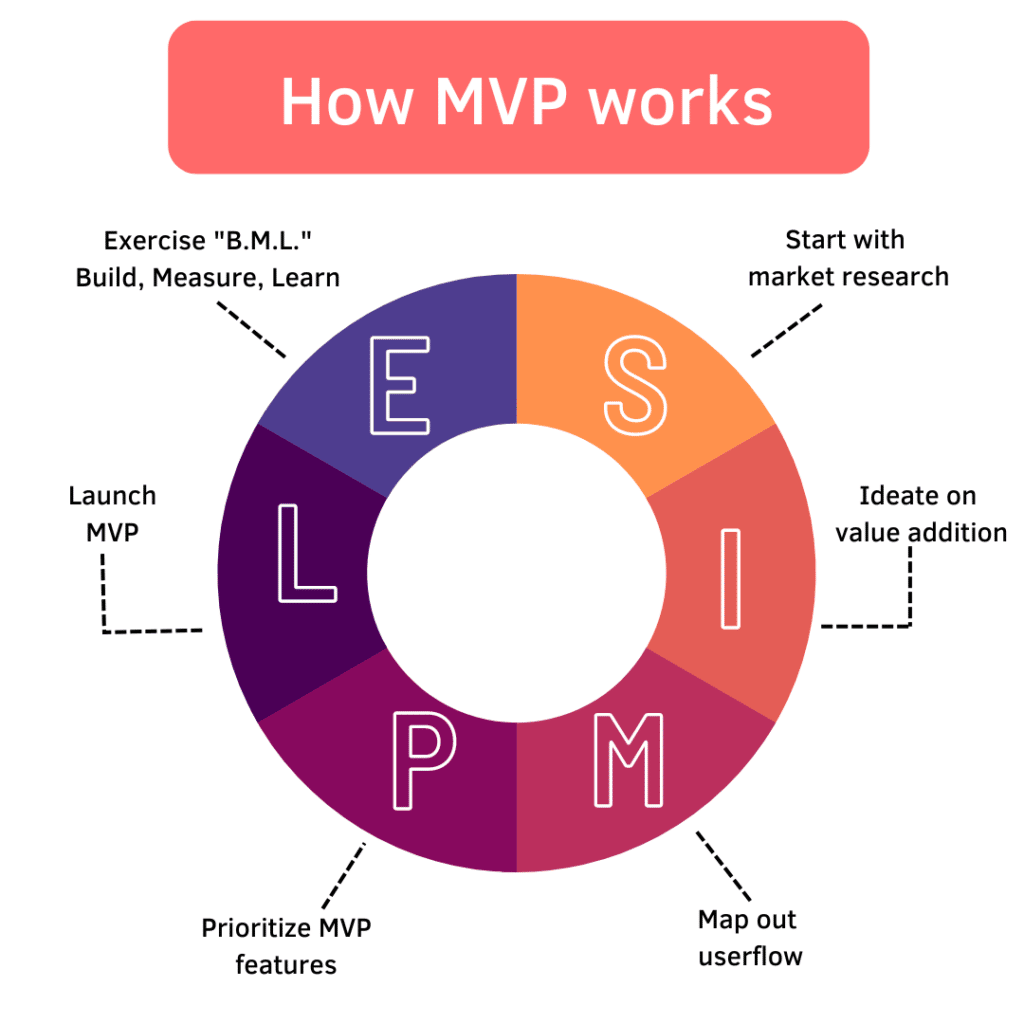
When designing an MVP for an online marketplace, it’s important to include features that will meet the needs of your target audience and help you understand which features are most effective and should be prioritized for development. Some common and requested features for building an online marketplace MVP include:
Homepage
The homepage is the first page that customers see when they visit your web application. It should include valuable information about your marketplace, such as a description, greeting message, and key functions.
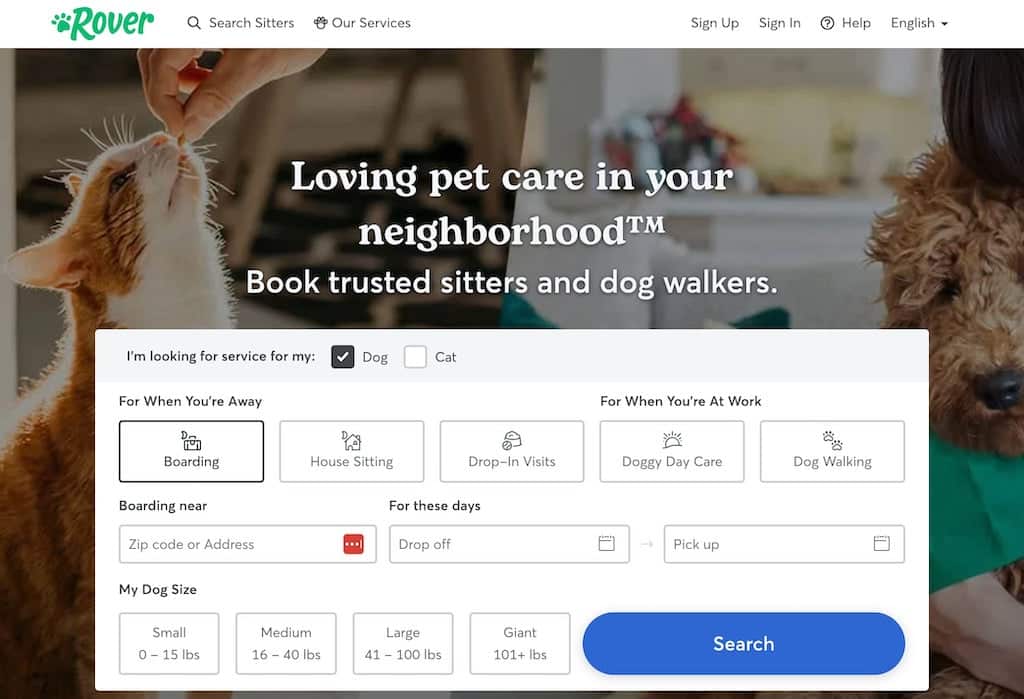
Registration on Your Online Marketplace
The registration page is an important part of your online marketplace, as it serves as the door through which customers enter and create an account. Allowing users to register with their email or social media accounts can make the process more convenient and increase the likelihood that they will create an account.
Without the ability to register, customers will not be able to buy or sell goods on your marketplace. Make sure to include a clear and easy-to-use registration process to encourage users to create an account and engage with your platform.
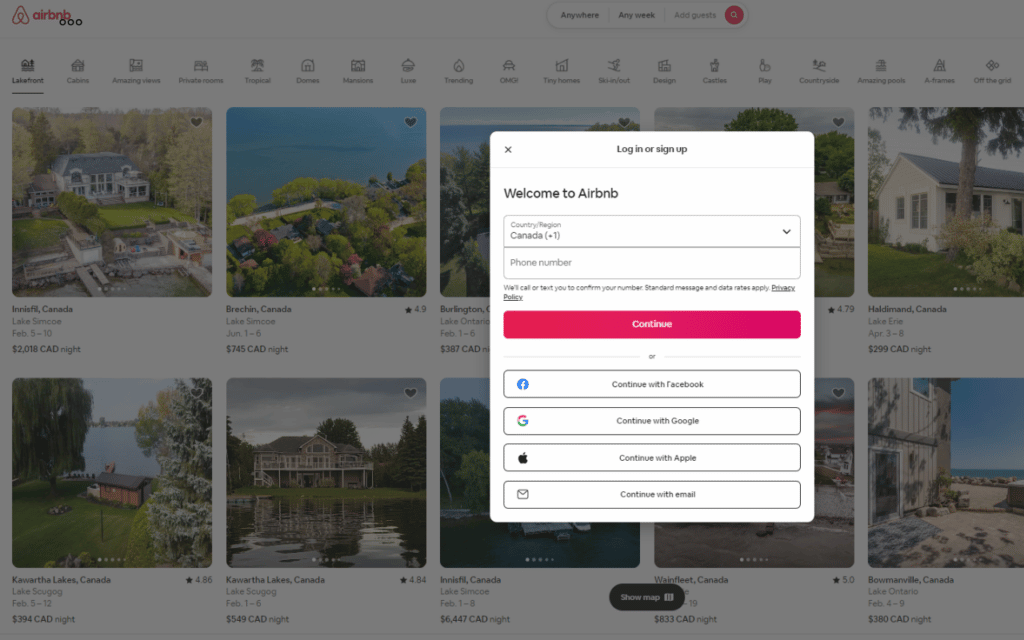
Read Related
User Profiles on Your Online Marketplace
User profiles are important for both vendors and buyers, as they provide key information about each party. While some may argue that buyer profiles are not necessary, some vendors may require this information for safety reasons. For example, Airbnb landlords may want to review the profiles of potential renters to ensure that they are trustworthy.
Overall, user profiles are a useful tool for both vendors and buyers to better understand and interact with each other on the marketplace. Make sure to include a user profile feature on your MVP to facilitate communication and trust between parties.
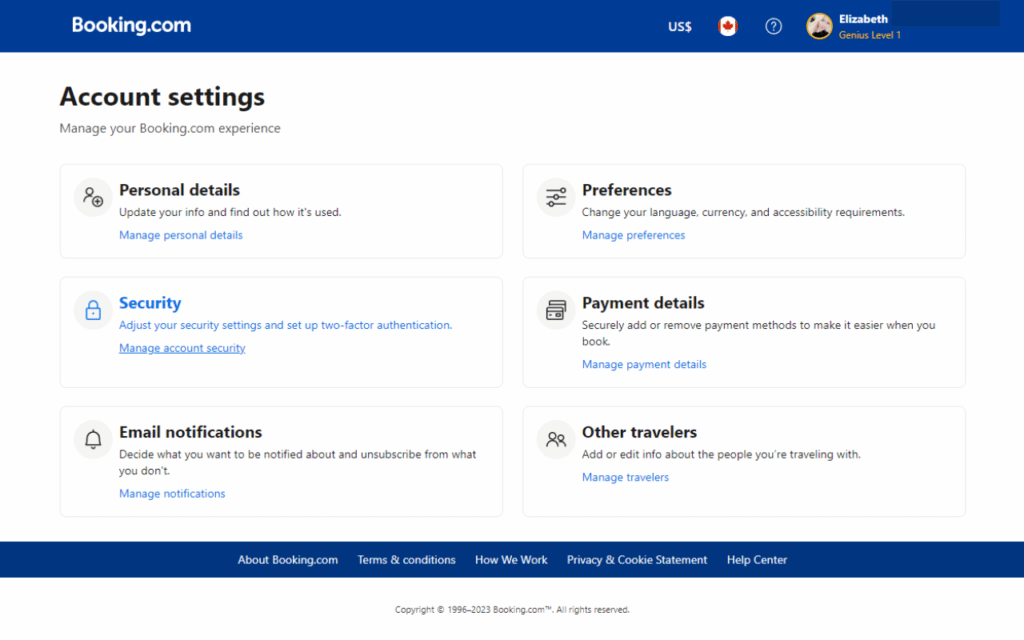
Different User Roles on Your Online Marketplace
Most online marketplaces have at least two types of users, such as buyers and sellers or consumers and suppliers. These roles allow users to either post jobs or services and specify requirements, or browse available options and send requests or messages.
Defining user roles can help to streamline the process of finding and offering products or services on your marketplace. Consider including different user roles on your MVP to improve the user experience and facilitate communication between parties.
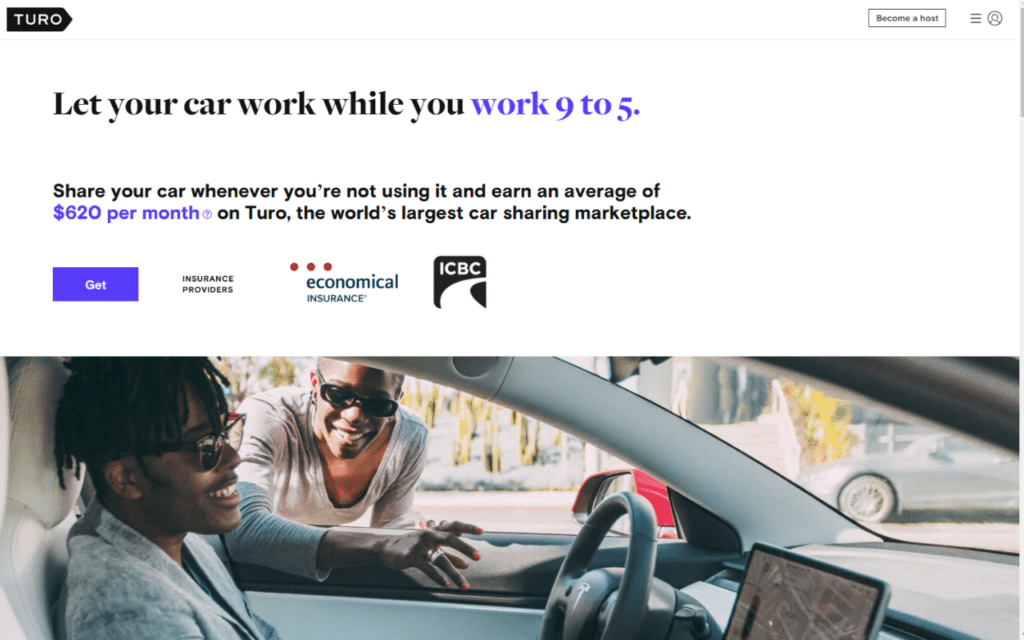
Incorporating a Search Function on Your Online Marketplace
One of the first actions users take when using a marketplace is searching for a specific product or service. It is important to have a simple and easy-to-use search function on your platform to make it easier for users to find what they are looking for.
Search functionality can include searching by keyword or category, as well as filtering, sorting, and tagging options to narrow down results. Make sure to include a search feature on your MVP to enhance the user experience and make it easier for users to find what they need on your marketplace.
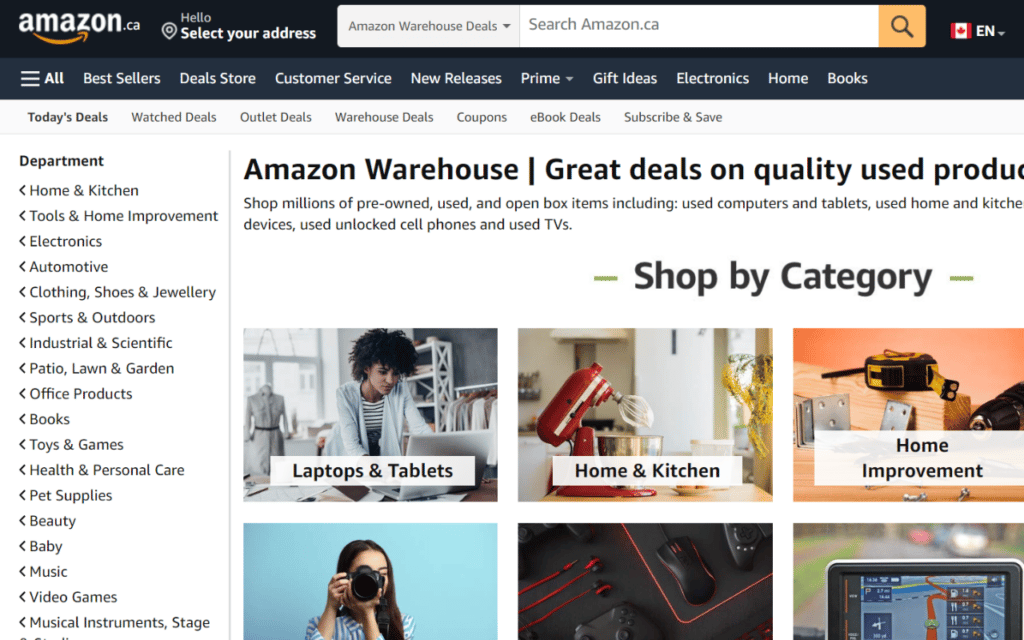
Implementing a Booking Feature on Your Online Marketplace
Once a user has decided on a particular service provider, they will likely want to book a service. It is important to have a booking feature on your marketplace that is tailored to your specific platform. For example, a Clarity or Airbnb-like marketplace may want to include a built-in calendar to facilitate booking.
Make sure to include a booking feature on your MVP that is easy to use and fits the needs of your particular marketplace. This will help to streamline the booking process and make it more convenient for users.
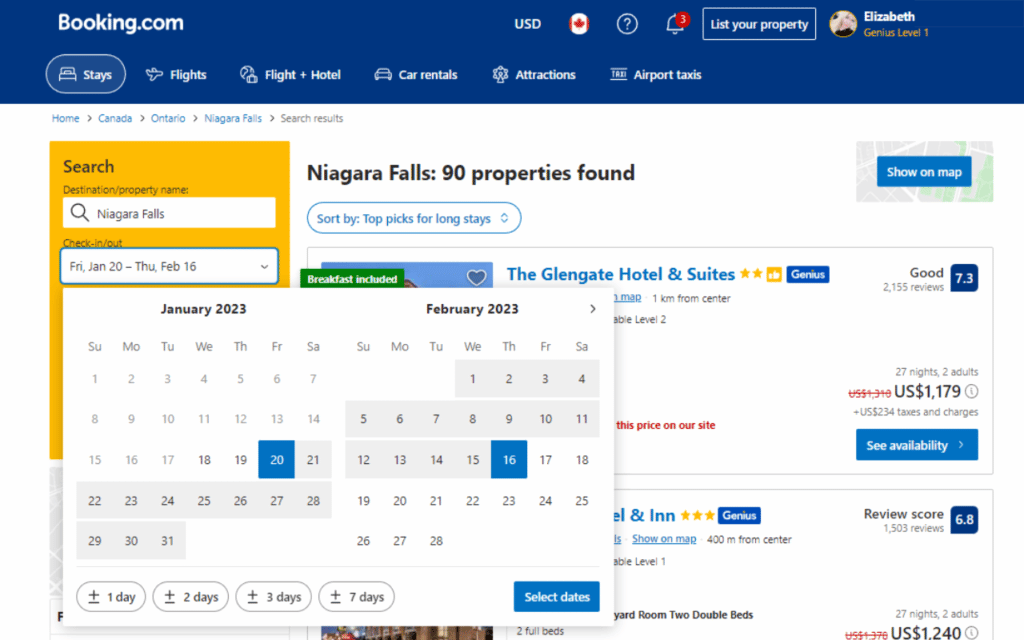
Incorporating Notification Features on Your Online Marketplace
Notification features can greatly improve the user experience on your marketplace and increase overall activity on the platform. Notifications can inform users about updates, new features, messages from other members, and order requests.
These notifications can be delivered through push notifications within the platform, or through text messages or emails. Make sure to include notification features on your MVP to enhance the user experience and keep users informed and engaged with your marketplace.
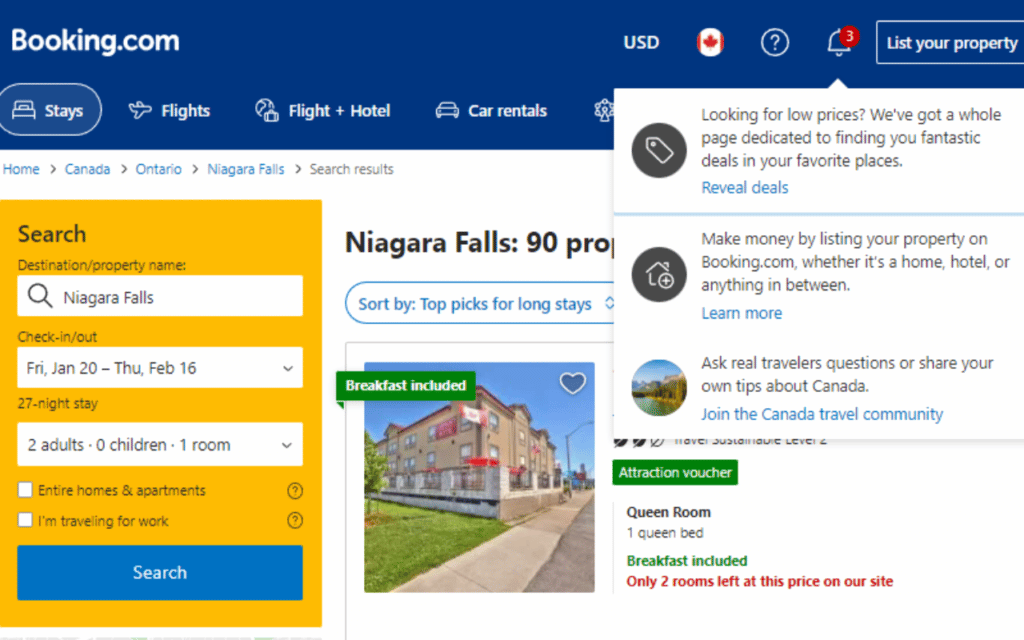
Creating Product Pages on Your Online Marketplace
Product pages provide users with detailed information about the products or services offered on your marketplace. These pages typically include the name of the item, pictures, a short description, and features of the item. You may also consider adding video reviews or other additional features to the product page at a later stage.
Product pages are crucial for marketplaces, as they are often the deciding factor for whether a user makes a purchase or not. Make sure to include product pages on your MVP to provide users with the information they need to make informed purchasing decisions.
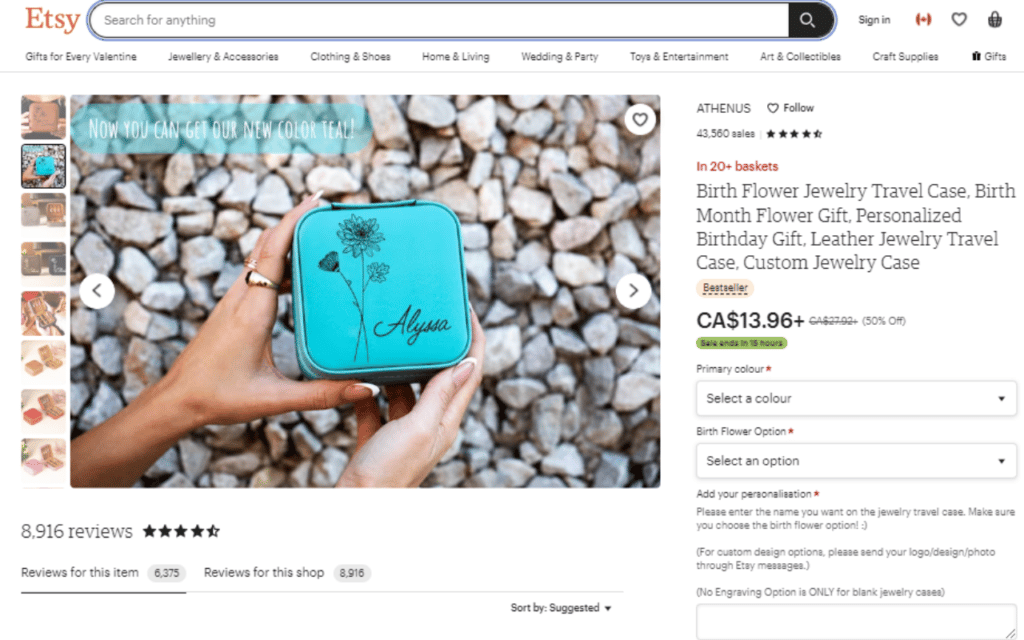
Including a Messaging Function on Your Online Marketplace
A messaging function allows users to communicate with one another on your marketplace. Buyers can use this tool to ask sellers for details about products, delivery information, costs, and payment-related questions.
Including a messaging function on your MVP can help facilitate communication between buyers and sellers and make it easier for users to get the information they need before making a purchase. Make sure to include this feature to improve the user experience on your platform.
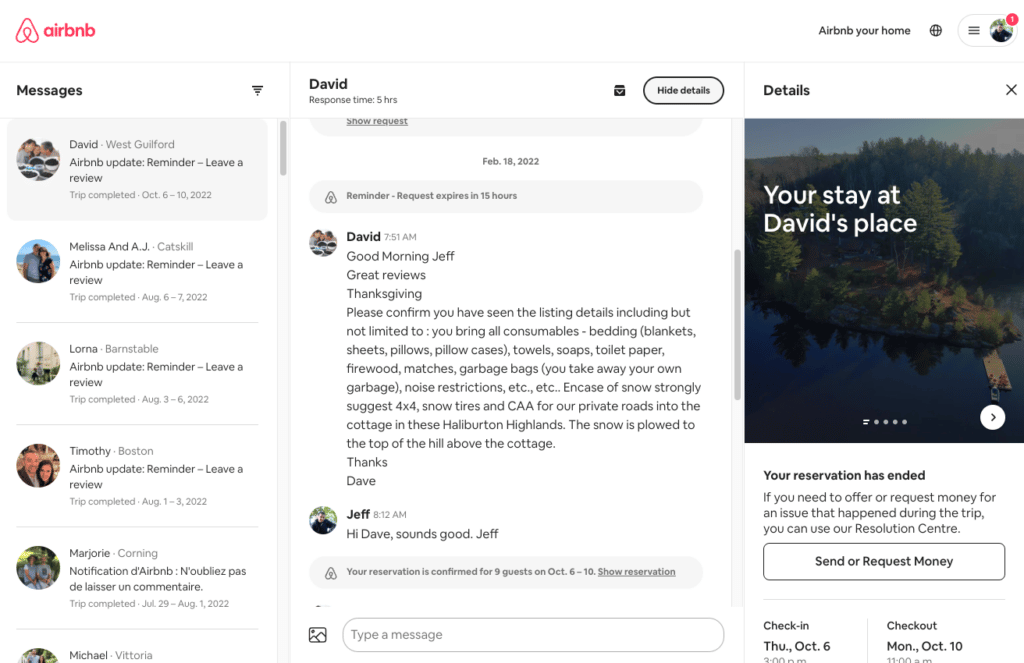
Integrating Payment Options on Your Online Marketplace
Payment systems are essential for the success of any marketplace. There are several different payment flow options to choose from, including prepayment, escrow payment, and post payment. Escrow payment, which involves charging a user at the time of booking and using a payment provider such as Stripe, is a common choice for marketplaces.
To enable credit card payments, your marketplace will need to be connected to a payment provider like Braintree or Stripe. Carefully selecting the right payment method can help to expand your business globally, boost sales, and reduce fraud risk. Some of the most popular payment gateways for marketplaces include Stripe, Braintree, PayPal, MANGOPAY, Adyen, Skrill, Square, Dwolla, and Google Checkout. Make sure to include payment options on your MVP to facilitate transactions on your platform.
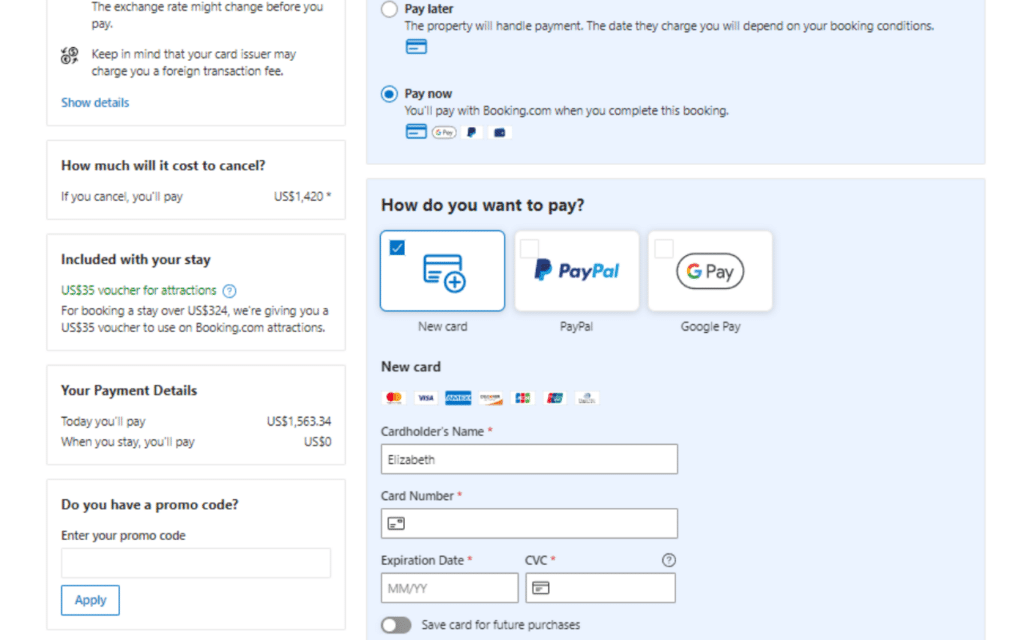
Including a Feedback System on Your Online Marketplace
Allowing users to leave feedback after working with a partner on your marketplace can help to build trust and improve the user experience. This feedback can also serve as a valuable resource for other users considering working with the same provider.
If any issues arise during a transaction, an administrator can act as a mediator to resolve disputes between consumers and suppliers. Make sure to include a feedback system on your MVP to encourage transparency and trust on your platform.
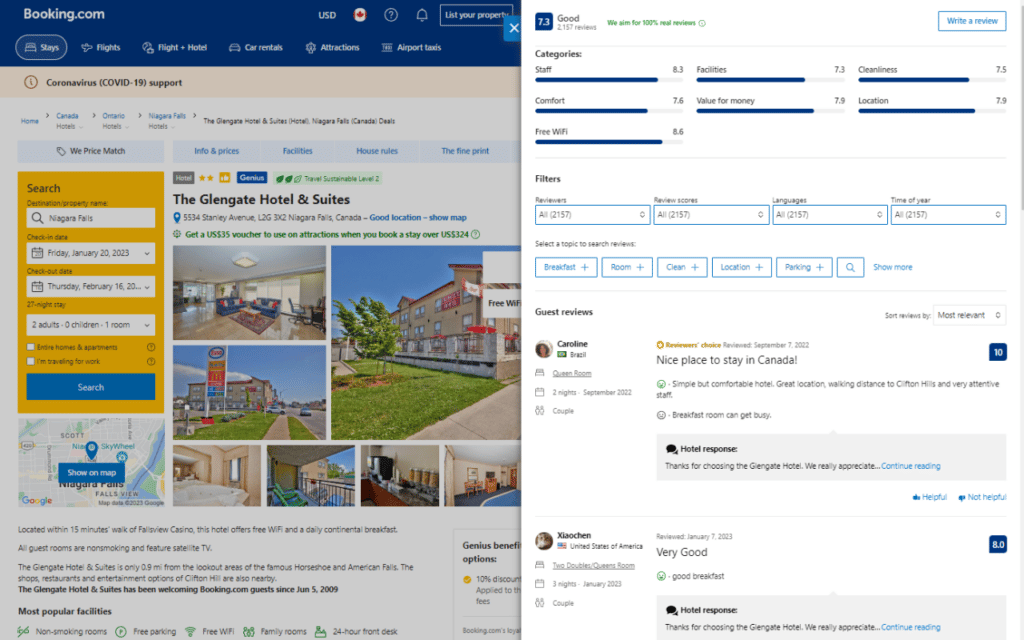
The Importance of an Admin Panel for Your Online Marketplace
An Admin Panel is a crucial part of any online marketplace, even though it is not visible to users. It allows you to monitor and manage interactions between users, add new products, check payments, and access statistics about your marketplace’s performance and user behavior.
Technologies such as ActiveAdmin or RailsAdmin can be used to implement an Admin Panel on your marketplace. Make sure to include this feature on your MVP to have control over the operations of your platform.
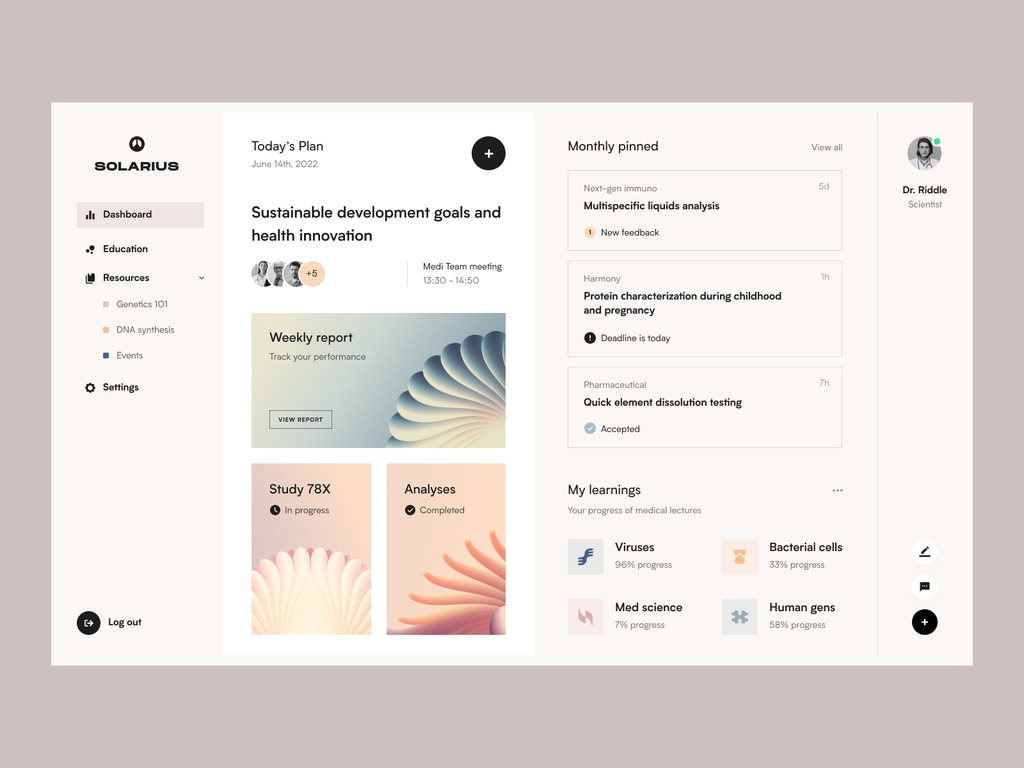
Building a Minimum Viable Product (MVP) for an online marketplace requires careful planning and analysis to ensure its success. The process includes the following steps:
- Discovery: This is the first phase of the project where we gather information about the client’s business and target audience to understand their needs and pain points.
- Defining the core features: Based on the information gathered in the discovery phase, we identify the most essential features for the MVP. These are the features that will solve the users’ most critical problems and attract early adopters.
- UX concept & wireframes: In this phase, we create a visual representation of the MVP to understand the user flow and interactions with the platform.
- MVP Development: After the UX design is finalized, we start building the MVP with the agreed upon features.
- Getting market feedback: Once the MVP is ready, we present it to a small group of early adopters to gather feedback and make any necessary improvements.
- Support & Maintenance: We provide ongoing support and maintenance to ensure the MVP performs smoothly and meets the changing needs of the users.
- Developing a fully-featured product: Once the MVP is successful and validated, we can start building a fully-featured product with additional features requested by the users.
The cost of building a minimum viable product (MVP) for an online marketplace can vary greatly depending on the specific features and functionality included in the MVP. Some key factors that can influence the cost of an MVP include the complexity of the features being implemented, the level of customization required, and the overall scope of the project.
In general, building an MVP for an online marketplace can cost anywhere from $15,000 to over $50,000, depending on the specific needs of the business. It is important to carefully consider the features and functionality that are most essential to the success of the MVP and prioritize them accordingly. By focusing on the core features that are most critical to the success of the MVP, businesses can create a strong foundation for future growth and development.
The cost of building an MVP for an online marketplace depends on various factors, including the complexity and number of features included. Some essential features that are often included in an MVP for an online marketplace are an access module, an e-commerce module, email and SMS notifications for orders, payment and refund functionality through a service like Stripe, a module for vendors or service providers, a management module for administrators, an analytics module for tracking performance, a CMS module for creating blog and pages, and optimization for performance and search engine optimization.
Assessing the Success of Your MVP: Key Indicators to ConsiderMeasuring the success of your MVP is crucial to understanding if your product is meeting the needs of your target audience and if it is viable in the long term. There are several ways you can measure the success of your MVP:
Feedback: Gathering feedback from your users is a great way to understand what they like and dislike about your product. You can ask for feedback through forums, surveys, or evaluations. Use this information to improve your MVP and make it more appealing to your users.
Average order value: This metric measures the average amount spent by a customer on a single order. A higher average order value indicates that your customers are willing to spend more money on your marketplace, which is a good sign of success.
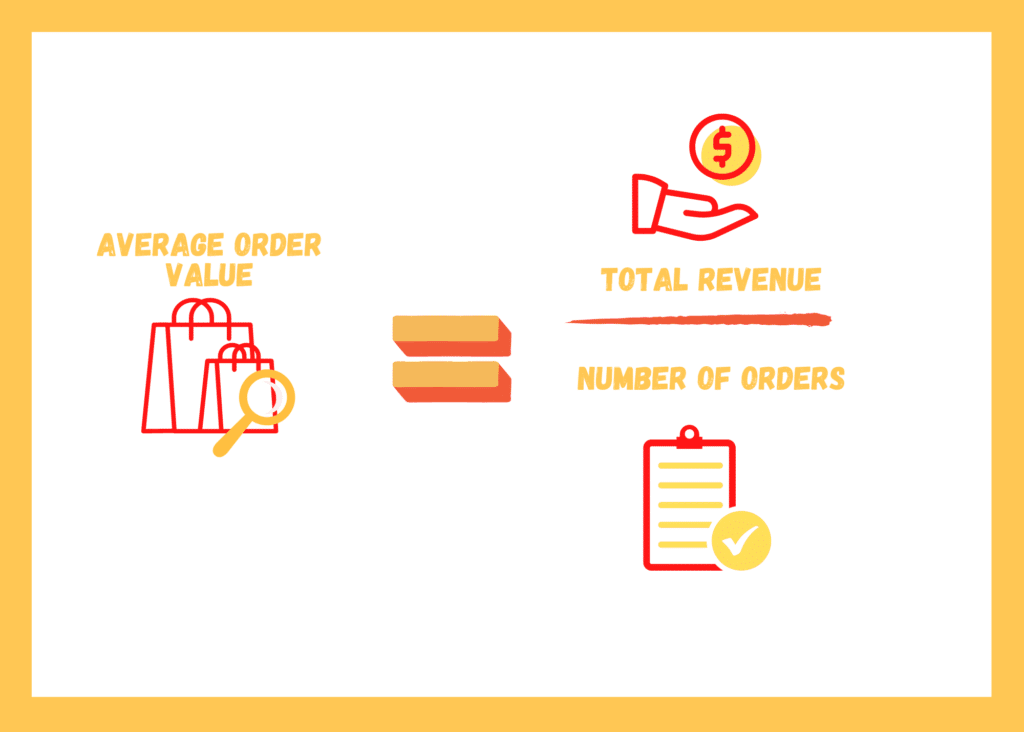
Customer acquisition cost: This metric measures the cost of acquiring a new customer. A lower customer acquisition cost means that your marketing efforts are effective in bringing in new users.
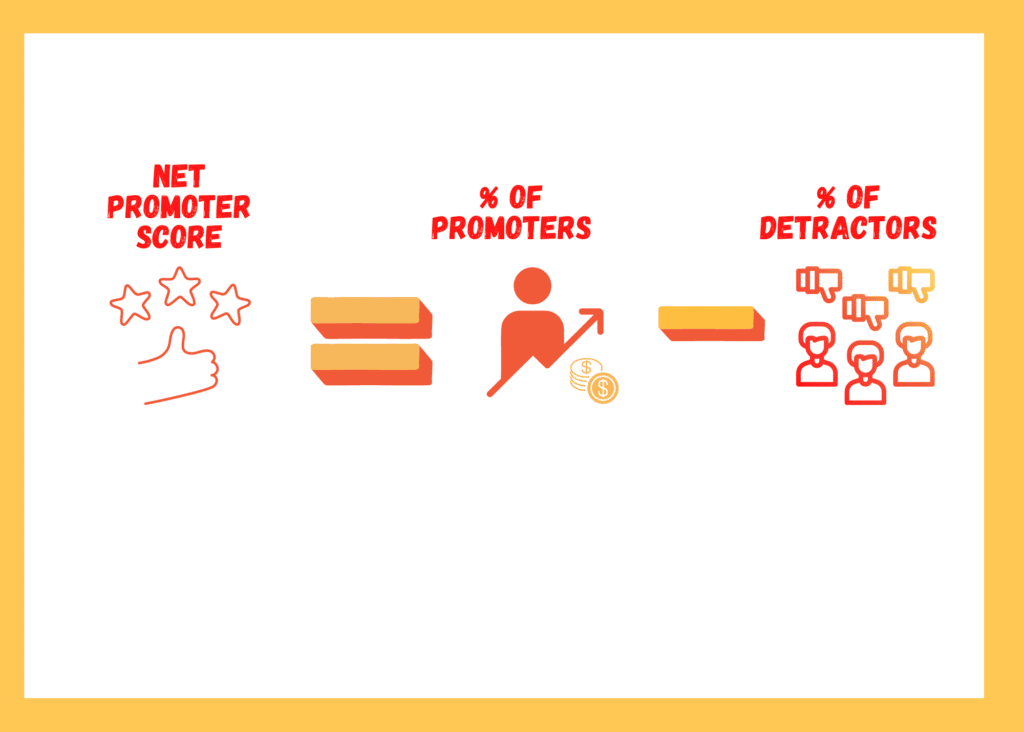
Return on investment: This metric measures the profit earned from your MVP compared to the costs of development and marketing. A positive return on investment indicates that your MVP is a successful product.
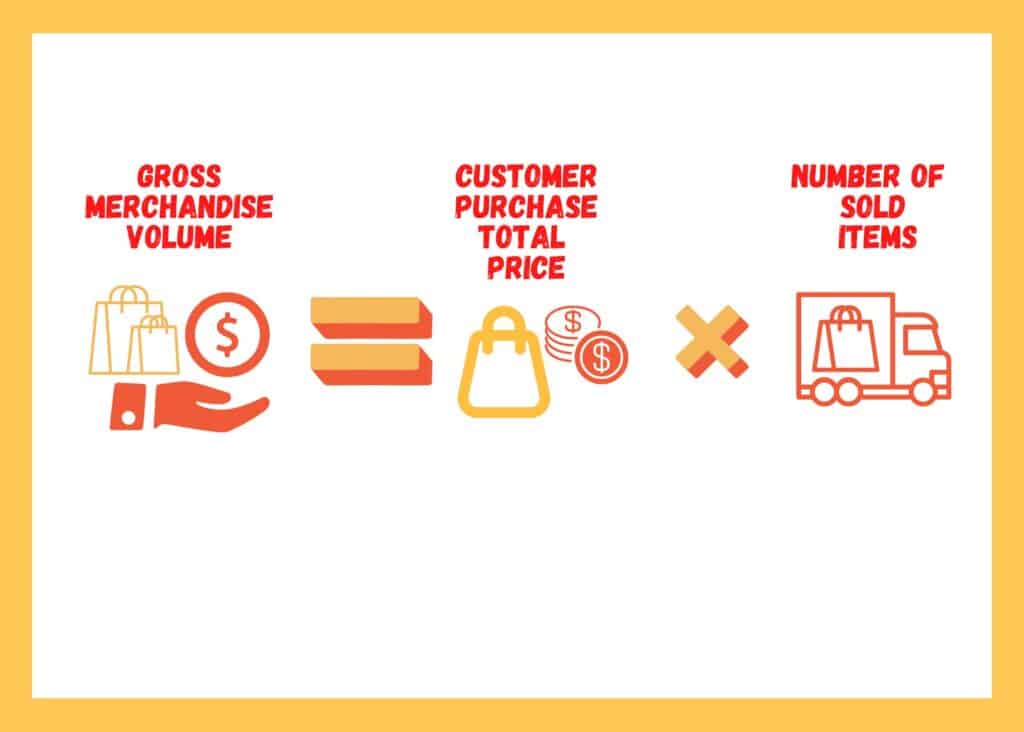
User engagement: Measuring user engagement helps you understand how much time users are spending on your MVP and how frequently they are using it. A high level of engagement indicates that your MVP is meeting the needs of your users.
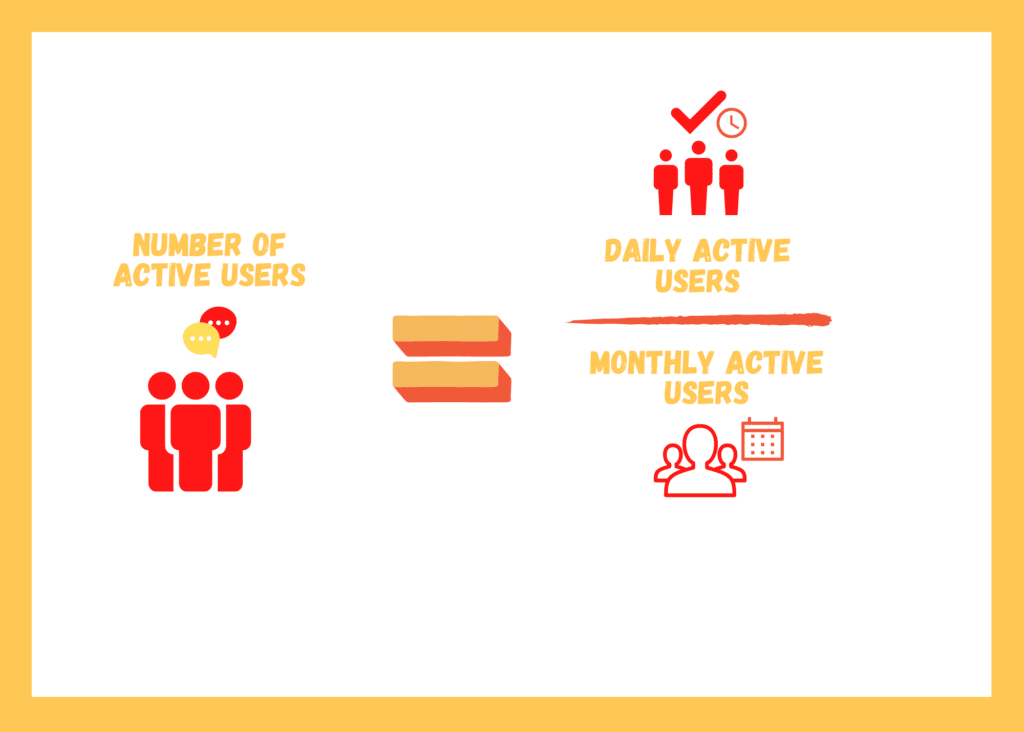
MadPaws is an online Sydney-based marketplace for pet sitters and pet owners. It started as an MVP. Then it raised $5 million of investments through Series A funding from investors, including Qantas and Airtasker CEO Tim Fung. In 2021 the startup went on IPO with a valuation of $32 million.
The marketplace offers a wide range of services. It provides the possibility for pet owners to find pet sitters and for pet sitters to find local jobs.
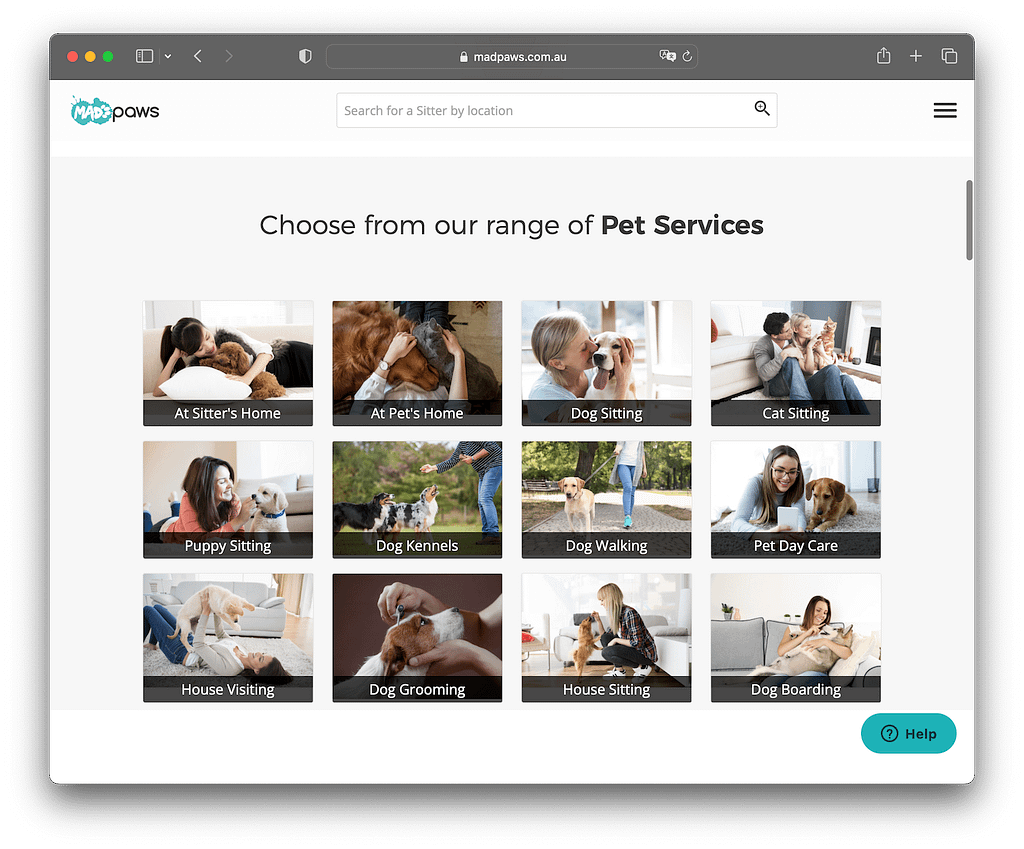
In conclusion, building a minimum viable product (MVP) for your custom marketplace website is crucial for the success of your business. An MVP allows you to test the market demand for your product, confirm the core functionality is suitable, identify the most useful and popular features, gather a base of potential customers and early adopters, and discover any potential problems that can be addressed at an early stage. If you need assistance with creating an MVP or an estimation of the project, don’t hesitate to reach out to us for professional help with building your marketplace website.

- 10 Things to Know Before Building a C2C Marketplace
- 6 Steps to start your eCommerce Marketplace
- 7 Easy Steps To Build Your Startup
- 7 Practical Tips to Build an MVP for a SaaS Startup
- Best Metrics to Measure the Success of an MVP
- Are you looking for the best way to launch your start-up idea in 2025? Start with an MVP!
- How to Build an MVP for a SaaS Startup
- How to Create a Multi-Vendor Marketplace Website: A Comprehensive Guide

